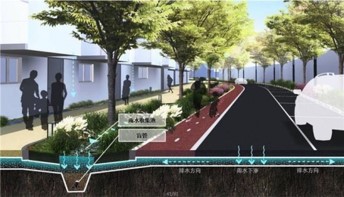
Protecting our Planet Stories: Water
BELGIAN MANUFACTURING SITE LEADS THE WAY IN WATER RECYCLING

Making a commitment to conserve water is one thing. Turning that commitment into a reality is quite another. And it can be challenging – which is why Takeda Belgium’s pioneering project to recycle wastewater at our Lessines manufacturing site is so remarkable.
We’ve teamed up with the Belgian start-up enterprise Ekopak, which has innovative technology that makes the treatment and re-use of rainwater and wastewater possible on a large scale. At Lessines, this means that 600,000 m3 of water can be recycled and returned for use in manufacturing, meeting all strict quality requirements in the process. That’s 90% of the site’s entire freshwater withdrawal.
To put the figure into perspective, it’s equivalent to the annual water use of nearly 18,000 Belgian citizens, which just happens to be the size of the population in the city of Lessines. This is the first large-scale wastewater recycling facility of its kind to be used in the pharmaceutical industry – certainly in Belgium, possibly worldwide. Inaugurated in March 2021, it’s due to come into service in 2023.
Investment in the facility, which also reduces the use of chemicals such as acid and caustic soda in water treatment, is part of a much wider strategy to sustain and protect natural resources at Lessines. The site already purchases 100% renewable electricity. It also has a cogeneration plant that generates electricity using a natural gas-fuelled turbine. And it plans to install more than 8,000 photovoltaic panels this year. The plant systematically monitors its energy efficiency and has deployed a biodiversity management program.
SPONGE CITY: HARVESTING RAINWATER
